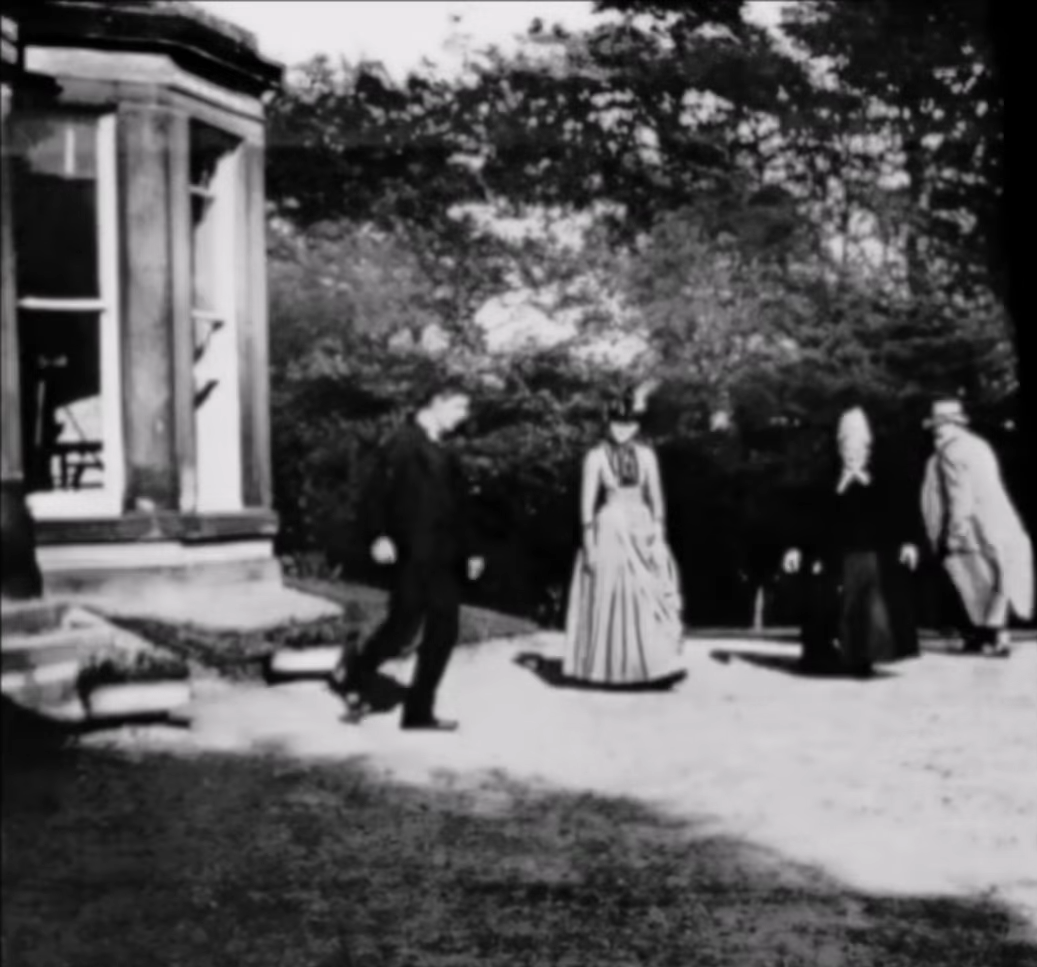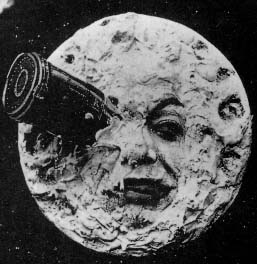|
Chitralekha (1941 Film)
''Chitralekha'' is a 1941 Indian Hindi-language film, directed by Kidar Sharma and based on the 1934 Hindi novel of the same name by Bhagwati Charan Verma. Its music is by noted classical musician Ustad Jhande Khan, giving popular songs like "Sun sun Neelkamal Muskaye," "Saiyyan Saware Bhaye Baware," and "Tum Jao Bde Bhagwan Bane, Insaan Bano." It was the second-highest grossing Indian film of 1941. Khan used classical Ragas like Bhairavi and Asavari to the score, making it influential for classical based Hindi film songs. This was the debut of actor Bharat Bhushan, who later achieved fame with '' Baiju Bawra'' (1952). Gulzar, p. 533 Sharma cast Mehtab as he felt she was "perfect" for the role of Chitralekha. Mehtab achieved both fame and notoriety with the famous bathing scene in the film. It was remade by Sharma in 1964, also titled '' Chitralekha'', starring Meena Kumari and Pradeep Kumar. Cast * Miss Mehtab as Chitralekha * Nandrekar as Samant Bijgupt * A.S. Gyani as ... [...More Info...] [...Related Items...] OR: [Wikipedia] [Google] [Baidu] |
Kidar Sharma
Kidar Nath Sharma (12 April 1910 – 29 April 1999), also known as Kedar Sharma, was an Indian film director, producer, screenwriter, and lyricist of Hindi films. While he had great success as a director of movies including '' Neel Kamal'' (1947), '' Bawre Nain'' (1950) and '' Jogan'' (1950), he is most remembered for starting the acting careers of popular Bollywood actors like Madhubala, Geeta Bali, Raj Kapoor, Mala Sinha, Bharat Bhushan and Tanuja. Early life and education Kidar Sharma was born in a Punjabi brahmin family in Narowal in what was then the Punjab region of India and grew up in a life of poverty. Two brothers, Ragunath and Vishwa had died as infants and his sister, Taro, died of Tuberculosis at an early age. A younger sister Guro survived as did a younger brother, Himmat Rai Sharma, who would later work with Kidar on films before establishing himself as a successful Urdu poet. Kidar attended the Baij Nath High School in Amritsar where he became interested in ph ... [...More Info...] [...Related Items...] OR: [Wikipedia] [Google] [Baidu] |
Leela Mishra
Leela Mishra (1 January 1908 – 17 January 1988) was an Indian actress. She worked as a character actor in over 200 Hindi films for five decades, and is best remembered for playing stock characters such as aunts (''Chachi'' or ''Mausi''). She is best known for her role of "mausi" in the blockbuster '' Sholay'' (1975), ''Dil Se Mile Dil'' (1978), '' Baton Baton Mein'' (1979), Rajesh Khanna films such as '' Palkon Ki Chhaon Mein'', ''Aanchal'', '' Mehbooba'', '' Amar Prem'' and Rajshri Productions hits such as '' Geet Gaata Chal'' (1975), '' Nadiya Ke Paar'' (1982) and '' Abodh'' (1984). Her career's best performance was in ''Naani Maa'' in 1981, for which she received Best Actress award at the age of 73. Personal life Leela Mishra was married to Ram Prasad Mishra, who was a character artist, then working in silent films. She got married at the very young age of 12. By the time she was 17, she had two daughters. She hailed from Jais, Raebareli, and she and her husband were f ... [...More Info...] [...Related Items...] OR: [Wikipedia] [Google] [Baidu] |
Hindi-language Drama Films
Modern Standard Hindi (, ), commonly referred to as Hindi, is the standardised variety of the Hindustani language written in the Devanagari script. It is an official language of the Government of India, alongside English, and is the ''lingua franca'' of North India. Hindi is considered a Sanskritised register of Hindustani. Hindustani itself developed from Old Hindi and was spoken in Delhi and neighbouring areas. It incorporated a significant number of Persian loanwords. Hindi is an official language in twelve states (Bihar, Gujarat , Mizoram , Maharashtra ,Chhattisgarh, Haryana, Himachal Pradesh, Jharkhand, Madhya Pradesh, Rajasthan, Uttar Pradesh, Uttarakhand), and six union territories (Andaman and Nicobar Islands, Delhi, Chandigarh, Dadra and Nagar Haveli and Daman and Diu , Ladakh and Jammu and Kashmir) and an additional official language in the state of West Bengal. Hindi is also one of the 22 scheduled languages of the Republic of India. Hindi is also one of Fiji ... [...More Info...] [...Related Items...] OR: [Wikipedia] [Google] [Baidu] |
Films Set In The Maurya Empire
A film, also known as a movie or motion picture, is a work of Visual arts, visual art that simulates experiences and otherwise communicates ideas, stories, perceptions, emotions, or atmosphere through the use of moving images that are generally, since the 1930s, Sound film, synchronized with sound and (less commonly) other sensory stimulations. Etymology and alternative terms The name "film" originally referred to the thin layer of photochemical emulsion on the celluloid strip that used to be the actual Recording medium, medium for recording and displaying motion pictures. Many other terms exist for an individual motion-picture, including "picture", "picture show", "moving picture", "photoplay", and "flick". The most common term in the United States is "movie", while in Europe, "film" is preferred. Archaic terms include "animated pictures" and "animated photography". "Flick" is, in general a slang term, first recorded in 1926. It originates in the verb flicker, owing to ... [...More Info...] [...Related Items...] OR: [Wikipedia] [Google] [Baidu] |
Films Set In Ancient India
A film, also known as a movie or motion picture, is a work of visual art that simulates experiences and otherwise communicates ideas, stories, perceptions, emotions, or atmosphere through the use of moving images that are generally, since the 1930s, synchronized with sound and (less commonly) other sensory stimulations. Etymology and alternative terms The name "film" originally referred to the thin layer of photochemical emulsion on the celluloid strip that used to be the actual medium for recording and displaying motion pictures. Many other terms exist for an individual motion-picture, including "picture", "picture show", "moving picture", "photoplay", and "flick". The most common term in the United States is "movie", while in Europe, "film" is preferred. Archaic terms include "animated pictures" and "animated photography". "Flick" is, in general a slang term, first recorded in 1926. It originates in the verb flicker, owing to the flickering appearance of early films. ... [...More Info...] [...Related Items...] OR: [Wikipedia] [Google] [Baidu] |
Films Based On Indian Novels
A film, also known as a movie or motion picture, is a work of Visual arts, visual art that simulates experiences and otherwise communicates ideas, stories, perceptions, emotions, or atmosphere through the use of moving images that are generally, since the 1930s, Sound film, synchronized with sound and (less commonly) other sensory stimulations. Etymology and alternative terms The name "film" originally referred to the thin layer of photochemical emulsion on the celluloid strip that used to be the actual Recording medium, medium for recording and displaying motion pictures. Many other terms exist for an individual motion-picture, including "picture", "picture show", "moving picture", "photoplay", and "flick". The most common term in the United States is "movie", while in Europe, "film" is preferred. Archaic terms include "animated pictures" and "animated photography". "Flick" is, in general a slang term, first recorded in 1926. It originates in the verb flicker, owing to ... [...More Info...] [...Related Items...] OR: [Wikipedia] [Google] [Baidu] |
Films About Courtesans In India
A film, also known as a movie or motion picture, is a work of visual art that simulates experiences and otherwise communicates ideas, stories, perceptions, emotions, or atmosphere through the use of moving images that are generally, since the 1930s, synchronized with sound and (less commonly) other sensory stimulations. Etymology and alternative terms The name "film" originally referred to the thin layer of photochemical emulsion on the celluloid strip that used to be the actual medium for recording and displaying motion pictures. Many other terms exist for an individual motion-picture, including "picture", "picture show", "moving picture", "photoplay", and "flick". The most common term in the United States is "movie", while in Europe, "film" is preferred. Archaic terms include "animated pictures" and "animated photography". "Flick" is, in general a slang term, first recorded in 1926. It originates in the verb flicker, owing to the flickering appearance of early films ... [...More Info...] [...Related Items...] OR: [Wikipedia] [Google] [Baidu] |
1941 Drama Films
The Correlates of War project estimates this to be the deadliest year in human history in terms of conflict deaths, placing the death toll at 3.49 million. However, the Uppsala Conflict Data Program estimates that the subsequent year, 1942, was the deadliest such year. Death toll estimates for both 1941 and 1942 range from 2.28 to 7.71 million each. Events Below, the events of World War II have the "WWII" prefix. January * January–August – 10,072 men, women and children with mental and physical disabilities are asphyxiated with carbon monoxide in a gas chamber, at Hadamar Euthanasia Centre in Germany, in the first phase of mass killings under the Aktion T4 program here. * January 1 – Thailand's Prime Minister Plaek Phibunsongkhram decrees January 1 as the official start of the Thai solar calendar new year (thus the previous year that began April 1 had only 9 months). * January 3 – A decree (''Normalschrifterlass'') promulgated in Germany by Martin Bormann ... [...More Info...] [...Related Items...] OR: [Wikipedia] [Google] [Baidu] |
1941 Films
The year 1941 in film involved some significant events, in particular the release of a film consistently rated as one of the greatest of all time, '' Citizen Kane''. Top-grossing films (U.S.) The top ten 1941 released films by box office gross in North America are as follows: Events *January 17 – '' Gone with the Wind'' goes into general release in the United States after touring in a roadshow version during 1940. Becoming a cultural phenomenon, it sells an estimated 60 million tickets this year alone. Adjusted for inflation with numerous rereleases, it remains the highest grossing domestic film of all time with $1.8 billion. * March 24 – Glenn Miller begins work on his 1st movie '' Sun Valley Serenade'' for Twentieth Century Fox. * May 1 – Orson Welles' '' Citizen Kane'', consistently rated as one of the films considered the all-time best, is premiered at the Palace Theatre (New York City). * July 2 – '' Sergeant York'', the film biopic of World War I hero A ... [...More Info...] [...Related Items...] OR: [Wikipedia] [Google] [Baidu] |
1940s Indian Films
Year 194 ( CXCIV) was a common year starting on Tuesday of the Julian calendar. At the time, it was known as the Year of the Consulship of Septimius and Septimius (or, less frequently, year 947 ''Ab urbe condita''). The denomination 194 for this year has been used since the early medieval period, when the Anno Domini calendar era became the prevalent method in Europe for naming years. Events By place Roman Empire * Decimus Clodius Septimius Albinus Caesar became a Roman Consul. * Battle of Issus: Septimius Severus marches with his army (12 legions) to Cilicia, and defeats Pescennius Niger, Roman governor of Syria. Pescennius retreats to Antioch, and is executed by Severus' troops. * Septimius Severus besieges Byzantium (194–196); the city walls suffer extensive damage. Asia * Battle of Yan Province: Warlords Cao Cao and Lü Bu fight for control over Yan Province; the battle lasts for over 100 days. * First year of the ''Xingping'' era during the Han Dyn ... [...More Info...] [...Related Items...] OR: [Wikipedia] [Google] [Baidu] |




